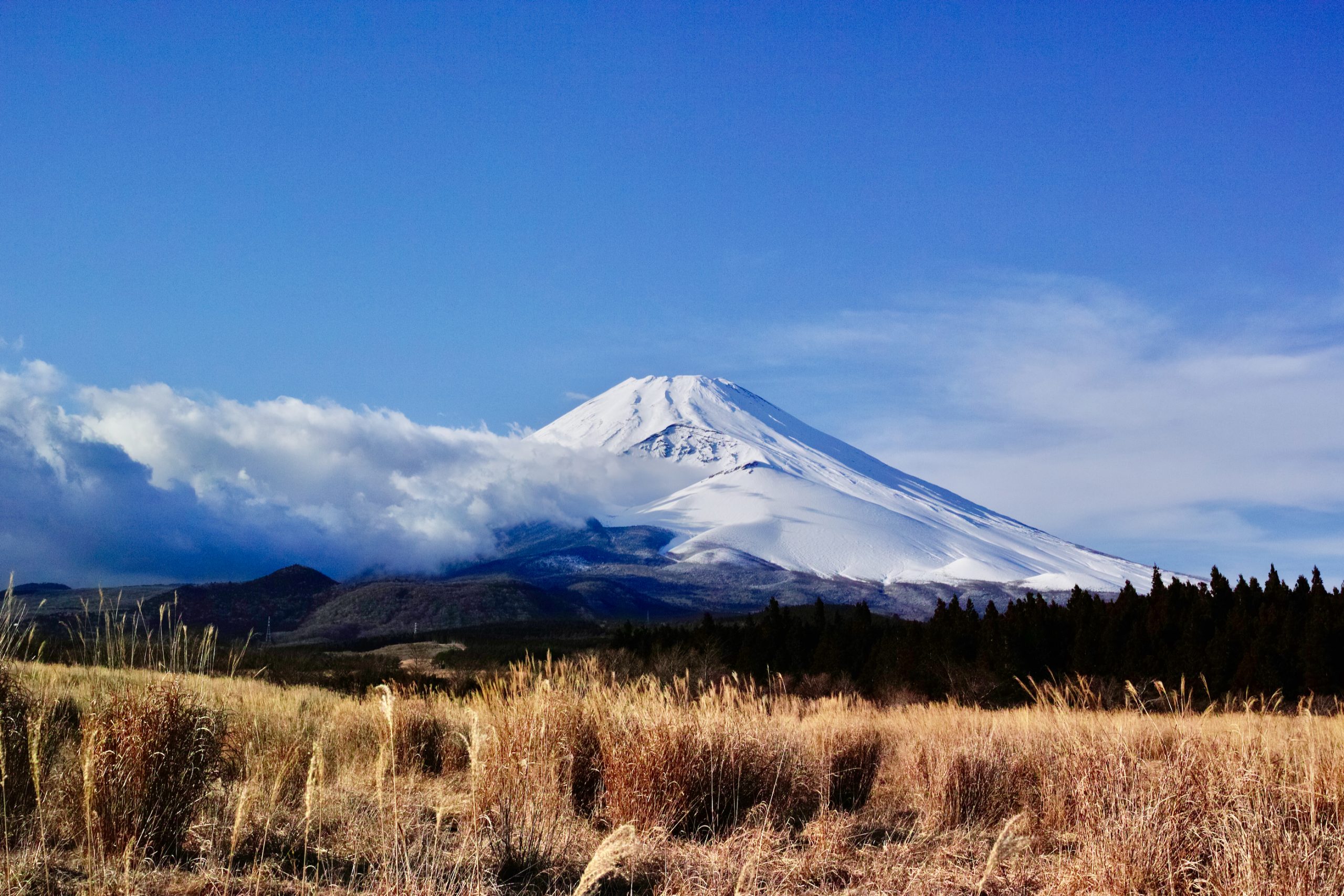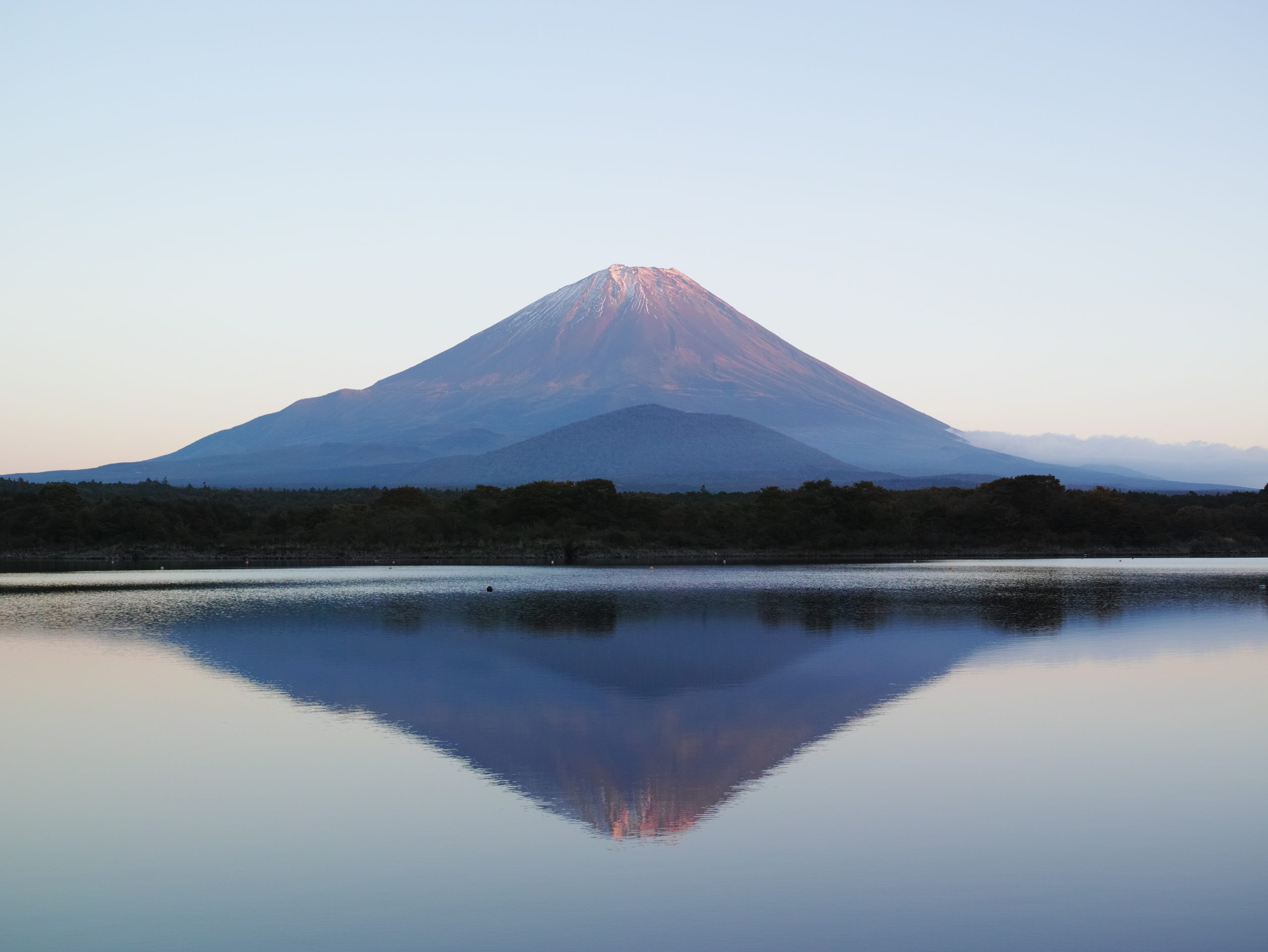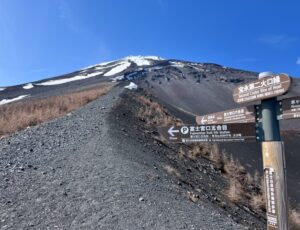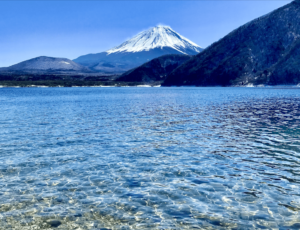
Best National Parks of Japan : #1 Fuji-Hakone-Izu National Park /富士箱根伊豆国立公園
There are 34 national parks (国立公園) across Japan. Every year, the Ministry of the Environment of Japan announces the estimated number of foreign visitors that have visited each of these parks. With an annual foreign visitor count of 2,888,160, the Fuji-Hakone-Izu National Park takes the top spot as the most visited national park in Japan. Remarkably, one in every eleven foreign visitors to Japan makes it a point to explore this stunning park.
Situated in central Japan, the park offers convenient access from both the east and west, with most places within a 1.5 to 2.5-hour drive from Tokyo. Encompassing a vast region across three prefectures—Kanagawa, Shizuoka, and Yamanashi—the national park includes not only awe-inspiring natural features but also “normal” towns and cities. This unique aspect of Japanese national parks allows the incorporation of local culture, history, and religion into the natural heritage.
The park consists of four distinct areas:
- Mt. Fuji area (富士山エリア)
- Hakone area (箱根エリア)
- Izu area (伊豆エリア)
- Izu Islands (伊豆諸島)
1. Mt. Fuji area (富士山エリア)

The iconic Mt. Fuji stands tall in this region, surrounded by highlands and serene lakes. During the summer months, adventurous visitors can embark on a climb to its summit, but preparation is essential for such an undertaking. Additionally, the Aokigahara Forest, known as the “Suicide Forest,” has received attention in recent years, but it actually boasts a pristine forest covering the rugged volcanic landscape. Guided hiking trips and cave-hunting tours are popular activities, and the Fuji Five Lakes offer distinct characteristics and excellent opportunities for activities and dining experiences. Visiting during the winter? Learn what activities are available in the area when the trails and roads to the 5th stations are closed.
2. Hakone area (箱根エリア)

Hakone is essentially a wide caldera with an active volcano. Its nature and the abundant hot springs have historically been the go-to vacation spot for Tokyo & Yokoyama residents to escape the busy city life. Hop on the Odakyu line from Shinjuku, and you will arrive at Hakone Yumoto station in an hour.
3. Izu area (伊豆エリア)


South of Hakone lies the Izu Peninsula, a mountainous region that has limited development. Nonetheless, some beach resorts and hot spring destinations dot the eastern shore. The serene nature of onsen villages has attracted renowned writers like Natsume Soseki, Kawabata Yasunari, and Dazai Osamu, who sought inspiration in this picturesque setting.
4. Izu Islands (伊豆諸島)
This group of eight main islands in the Pacific Ocean holds a unique history, as it once served as a destination for relocated political criminals, defeated samurais, and prosecuted monks from the late 600s to the early 1800s. Notably, Aogashima stands out as Japan’s most southern inhabited island, with a small population of only 150 to 170 residents. The island’s C-shaped caldera with a cone-shaped mound at its center provides breathtaking and distinct scenery.
With its diverse landscapes, rich cultural heritage, and accessibility from major cities, it’s no wonder the Fuji-Hakone-Izu National Park tops the list of Japan’s most beloved national parks among foreign visitors. So, if you’re planning a trip to Japan, don’t miss the chance to immerse yourself in the beauty and wonders of this remarkable park.
Wondering where the #2, #3, and #4 most visited national parks in Japan are? Find out more about the Japan’s iconic natural sightseeing spots, Shikotsu-Toya Park, Aso-Kujyu Park, and Setonaikai Park here!
Sign up for our newsletter to receive the updates!
*Information as of November 2022.





Pingback: Top 5 most visited National Parks in Japan by foreign visitors (#3 Aso-Kuju National Park/阿蘇くじゅう国立公園) - Eaves Japan : Blog
Pingback: Top 5 most visited National Parks in Japan by foreign visitors (#4 Setonaikai National Park / 瀬戸内海国立公園) - Eaves Japan : Blog
Pingback: Top 5 most visited National Parks in Japan by foreign visitors (#3 Aso-Kuju National Park/阿蘇くじゅう国立公園) - Eaves Japan : Blog